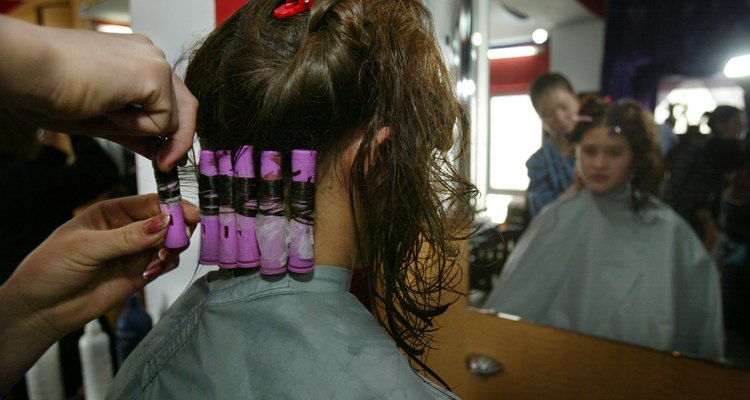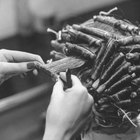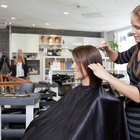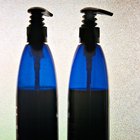
Paula Bronstein/Getty Images News/Getty Images
A perm can take your hair from drab to fab for a special occasion. It can also be an attractive, easy-to-manage, everyday look. Whether you use a stylist or do it yourself, sometimes the chemical procedure doesn’t succeed for any number of reasons.
Human Error
The person applying your permanent may lack adequate skill and experience. If you're self-administering the perm, failure to follow instructions correctly can result in a bad perm with uneven results. Not leaving the treatment in the hair long enough could be a culprit, or using insufficient or too much of any of the chemical components.
Unprepared Hair
Hair texture can complicate the perm process. For example, your hair may be too kinky or damaged to allow the perm to take properly. Some sections of hair may be much coarser than the rest or a texture more difficult to perm, resulting in the need to have that area exposed to the chemical treatment longer.
Outside Interference
Your hair may simply be too fine to properly accept a perm, or a very recent hair coloring or other previous treatment may interfere with the perm chemicals' effectiveness. Drugs excrete through hair, so a perm’s ability to properly take can also be affected by medications such as Retin-A, hormones, iron supplements, and drugs for high blood pressure or low blood sugar.
Problem Prevention
If you're taking medication, consult your doctor about possible effects of the medicine on the perm process. Select a stylist who is skilled and experienced in applying perms. If you’re self-perming, carefully read the instructions prior to starting and strictly obey them. If possible, have an experienced person standing by to assist you. Also, use a curler size appropriate for your hair length and type, and avoid rolling the curlers too tight.
Related Articles

How to Decide Which Perm is Best for You

What Is the Difference Between ...

Safety Concerns for Getting a Hair Perm

How to Prepare Hair for a Perm

How Soon Can You Color Your Hair After ...

How to Put Rods in for a Perm

How to Make a Perm Curlier

Do Hair Extensions Damage Hair?

How to Get Curls to Stay in Fine Hair

Perm Recommendations for Fine Hair

How to Relax a Perm With Home Remedies

How to Straighten Your Weave

How to Remove a Perm

Least Acidic & Safest Chemical Hair ...

How to Get Rid of My Permed Hair

Perms & Thinning Hair

How to Perm African American Hair

How to Moisturize Curly Extensions

Aesthetic Laser Requirements in Ohio

How to Use Motions Hair Relaxer
References
Writer Bio
LaMont Jones was an award-winning fashion and beauty editor for a decade at the "Pittsburgh Post-Gazette." A five-time nominator and judge of the CFDA Awards, he covers New York Fashion Week regularly. Jones is a 2011 inductee into the Pittsburgh Fashion Hall of Fame and coaches fashion models.
Photo Credits
Paula Bronstein/Getty Images News/Getty Images